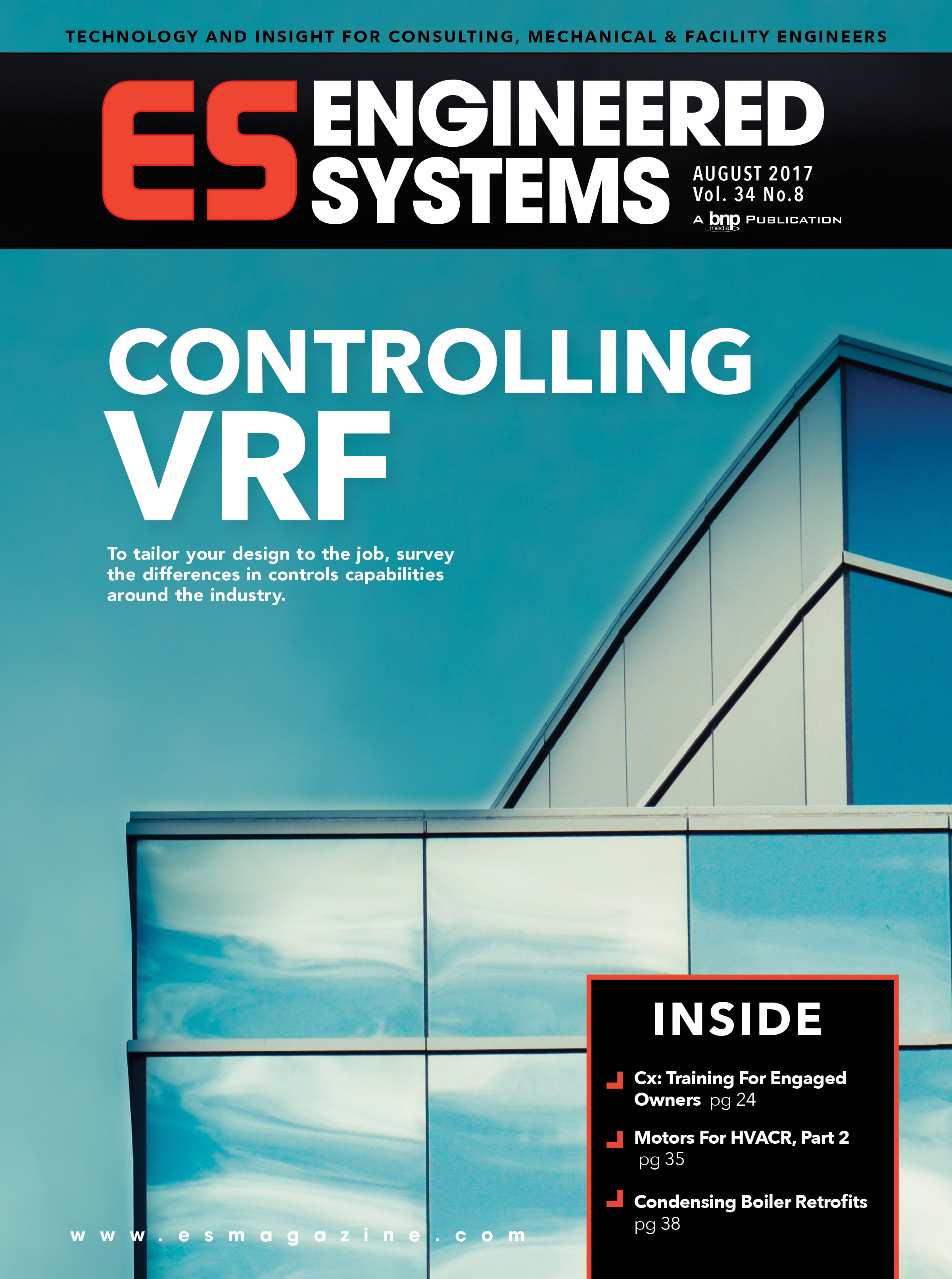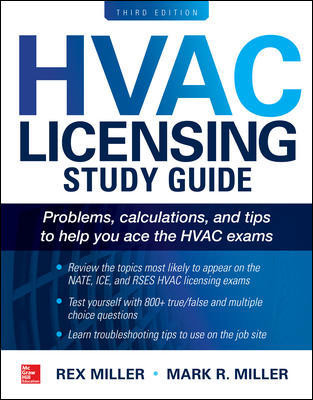NEC Article 430 provides appropriate design guidelines for most motor applications, but be cautioned that the NEC (by its own scope definition) provides only minimum standards, and upward departures may be necessary in some cases. I'll also limit this discussion to three-phase AC induction motors, the most commonly used type.
Conductor Size
In general, ampacity (a term for the current a conductor can carry continuously without exceeding its temperature rating) of motor circuit conductors must equal or exceed 125% of the full load current. There is a catch: this calculation uses the value given in NEC Table 430.150 for the motor voltage and hp, not the nameplate value, which can vary between motors of the same voltage and hp. Table values are conservatively high, allowing the motor circuit to be designed before the equipment is ordered and a motor to be replaced with another of the same voltage and horsepower without recalculating conductor size.
Ampacity values are found in Article 310, and depend on the conductor material, cross-sectional area (expressed in AWG or kcmil), insulation, and the type of installation, e.g., whether the conductors are in conduit, cable tray, buried, etc. For a single-speed motor circuit with copper conductors installed in a dedicated exposed conduit, the conductor size is usually based on ampacity from the 75°C column of Table 310.16. However, high ambient temperatures, two-speed motors, and other types of conductor installations require further review to determine ampacity correctly.
Fuse Or Circuit Breaker Rating
In most electrical circuits, a fuse or circuit breaker is intended to protect the conductors against both overloads, which may only slightly exceed normal current, and short circuits, which may reach many multiples of normal current. To meet this criteria, fuse or circuit breaker ratings, with some exceptions, may not exceed the ampacity of conductors they protect. One of those exceptions applies to motor circuits.Because motor starters provide separate overload protection, the fuse or circuit breaker need only protect against the higher short circuit currents. Motors also draw high starting current (typically 6 to 8 times full load), which may cause fuses or circuit breakers sized close to conductor ampacity to open. For these reasons, the fuses or circuit breakers used in motor circuits are permitted to be rated higher than we would expect based on the conductor size. The maximum permissible ratings are given in Table 430.52 and range from 150% to 1,100% of full load current, depending upon the type of motor and the type of protective device. Again, this calculation is based on the full load current value from Table 430.150, not the nameplate value.
Note: Some motor starters are marked with a maximum fuse or circuit breaker rating required to protect the starter from the effects of short circuit currents. In these cases, this rating may not be exceeded, even if Table 430.52 permits a higher rating.
Overload Protection
Mechanically overloading a motor, or operating it at reduced voltage, increases current and internal heat generated by resistive losses in the motor windings. Current-sensing devices called overload relays are used to protect the motor from this condition by shutting it down through the control circuit before damage occurs. They operate on an inverse-time characteristic; tripping time decreases as overload magnitude increases.Maximum rating or setting of the overload relay is given in 430.32 and is generally 115% of full load current, with 125% permitted for motors having a service factor of 1.15 or higher or a design temperature rise of 40°C or lower. To properly protect a specific motor, this calculation must be based on the actual motor nameplate current rating, not the table values. Consequently, overload relay settings are not made until the motor is on site and the nameplate data is available.
The above information is general only, and not to be used for design purposes, but I hope that it provides a basic understanding of the principles on which these components of motor circuits are selected. Remember: When in doubt, consult your friendly neighborhood electrical designer! ES


